Top 6 Shoulder Exercises for External Rotation
Introduction
Training shoulder exercises, specifically external rotation, helps:
- Keep your shoulders healthy
- Improve your posture
- Strengthen your infraspinatus muscle
- Improve overhead lifting and reaching overhead
In a study on overhead athletes, it was shown that strengthening the external shoulder rotator muscles, including the infraspinatus muscle, improves performance and helps to prevent injury. Increasing the strength and capacity of your infraspinatus can help to keep your shoulders healthy and pain free when lifting overhead.
Anatomy of Infraspinatus
- Your shoulder blade below the spine of the scapula
- Your arm bone (humerus)
The name ‘infraspinatus’ comes from ‘infra’ (below), ‘spin’ (spine of scapula), and ‘atus’ (which is used to form a noun out of the descriptors).
In addition to creating external rotation of the shoulder joint, the infraspinatus also helps to guide the motion of the humerus on the shoulder blade when lifting overhead.
This is important to prevent excessive compression of the tendons in the shoulder.
Choosing the Shoulder Exercises
In this article are 6 great exercises to strengthen shoulder external rotation and the infraspinatus.
If you choose to do any, only do pain free exercises.
Performing these exercises can typically be done with 3-5 sets of 10-15 reps 2x/week.
These exercises and more detailed programming are included in our Shoulder Strength Program.
With that said, here are the top 6 shoulder exercises to strengthen your infraspinatus, build capacity, and improve external rotation.
For a Limited Time Only
Get $75 off our Shoulder Products
*Discounted prices above are with the use of the coupon code you receive after entering your email.
Exercise 1 - Sidelying External Rotation
Starting Position
- 1 small dumbbell or
- 1 small weight plate
- Lay on your side
- Support your head with your hand
- Slightly bend your hips and knees
- Grab the dumbbell in your hand
- Place your elbow on your side, around the crease of your hips, with your hand and the weight touching your stomach
Finishing Position
- Slowly lift the weight up
- Stop before your forearm is perpendicular to the floor
- Slowly lower to the starting position
- Keep your elbow bent at 90 degrees the entire time
- You should only be rotating at your shoulder joint
- You can place a towel under your elbow if you’d like (which decreases deltoid activity)
Exercise 2 - Seated External Rotation
Starting Position
- 1 small dumbbell or
- 1 small weight plate
- Get into a seated position as shown
- Place your elbow on the inside of your bent knee
- Grab the dumbbell in your hand and get into the starting position
Finishing Position
- Slowly lift the weight up
- Stop before your forearm is perpendicular to the floor
- Slowly lower to the starting position
- Keep your elbow bent at 90 degrees the entire time
- You should only be rotating at your shoulder joint
Exercise 3 - Shoulder External Rotation Isometric
The variations shown are put in order of increasing difficulty.
We use these three different exercises in the three phases of our Shoulder Strength program, with each being used for 4 weeks before progressing.
Variation 1 - Iso at 0 degrees
How to perform this variation:
- Place a mini band around your wrists
- With your elbows at your side, push your wrists outward into the band until your forearms are parallel
- Hold this position for the duration of the exercise
Variation 2 - Iso at 45 degrees
- Place a mini band around your wrists
- Lift your elbows until your arms are halfway to parallel
- Push your wrists outward into the band until your forearms are parallel
- Hold this position for the duration of the exercise
Variation 3 - Iso at 90 degrees
- Place a mini band around your wrists
- Raise your elbows until your triceps are parallel to the floor
- Push your wrists outward into the band until your forearms are parallel
- Hold this position for the duration of the exercise
Exercise 4 - Standing Banded Row
In this shoulder exercise you are training:
- Shoulder stability
- External rotation
- Scapular retraction
- Shoulder extension
Starting Position
- Jump stretch band
- A solid object to wrap it around
- Wrap the band around a pole
- Place the band at chest height
- Grab the band underhand, a little bit narrower than shoulder width
- Step backward with your arms straight until the band has a little bit of tension in it
- Get into an athletic stance
Finishing Position
- Pull the band a little bit apart and toward your belly button
- Hold for ½ second
- Slowly return to the starting position
- Let your shoulder blades move freely
- Keep your head and neck neutral
- Focus on using your upper back and not creating tension in your neck
- The exercise is mainly a pulling motion, not a rotation motion of the shoulders
Exercise 5 - Seated Cuban Rotation
- Shoulder external rotation with shoulders in a pressing position
- Control of internal rotation
- Stability of your scapulae while your shoulder joint moves
Starting Position
- 2 small dumbbells or plates
- Box or bench to sit on
- Begin sitting on a box with your back straight
- Grab one small dumbbell in each hand
- With your hands pointed toward the ceiling, elevate your arms until your triceps are parallel to the ground
- Point your elbows outward as shown in the photo
Finishing Position
- Slowly lower the dumbbells from the starting to finishing position
- Pause for a fraction of a second
- Slowly return to the starting position
- If there is pain in your shoulder, try to find a pain free position by:
- Lowering your shoulders slightly (changing shoulder flexion)
- Changing where your elbows are pointing (changing shoulder abduction)
- Keep your head and neck relaxed
- Try not to move your shoulder blades; all motion should be at the shoulder joint
- Keep your elbows bent at 90 degrees the entire time
Exercise 6 - Standing Cuban Rotation
It trains the following in a stand position:
- Shoulder external rotation with shoulders in a pressing position
- Control of internal rotation
- Stability of your scapulae while your shoulder joint moves
- Cleans
- Snatches
Starting Position
- 2 small dumbbells or weight plates
- Begin in a standing position with eyes forward
- Grab one small dumbbell in each hand
- With your hands pointed toward the ceiling, elevate your arms until your triceps are parallel to the ground
- Point your elbows outward as shown in the photo
Finishing Position
- Slowly lower the dumbbells from the starting to finishing position
- Pause for a fraction of a second
- Slowly return to the starting position
- If there is pain in your shoulder, try to find a pain free position by:
- Lowering your shoulders slightly (changing shoulder flexion)
- Changing where your elbows are pointing (changing shoulder abduction)
- Keep your head and neck relaxed
- Try not to move your shoulder blades; all motion should be at the shoulder joint
- Keep your elbows bent at 90 degrees the entire time
What’s Next
Our Shoulder Strength and Performance program is a complete 12-week training program to strengthen your shoulders with many exercises like these, programmed 3 days per week to show you exactly which exercises to do, how to correctly perform them, how many reps, and how frequently.
We also have a free shoulder course covering the basics of shoulder health and maintenance.
For a Limited Time Only
Get $75 off our Shoulder Products
*Discounted prices above are with the use of the coupon code you receive after entering your email.
What to Read Next
Commonly Misunderstood Words in Movement and Mobility
Commonly Misunderstood Words in Movement and Mobility In this post I will be sharing my thoughts on common words used in the movement and fitness world with a focus on how to better define them conceptually, and where applicable, mathematically. Each day...
How to Stretch Shoulder Extension
How to Stretch Shoulder Extension Learn how to stretch your shoulder extension Want better shoulder mobility? Download Day 1 of our Shoulder Mobility Program for free: Option 1 For many people, option 1 will be the best option, especially if...
Three Position Band Pull Apart
Learn how to correctly perform the 3 position band pull apart to improve your shoulder and upper back strength and mobility
Why Shoulders HAVE to Move Differently
All shoulders have to move differently and stretching won't fix every problem. Learn how the anatomy affects overhead lifting.
Comments


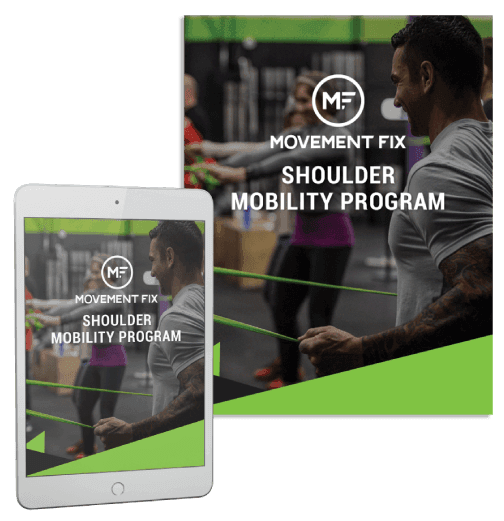

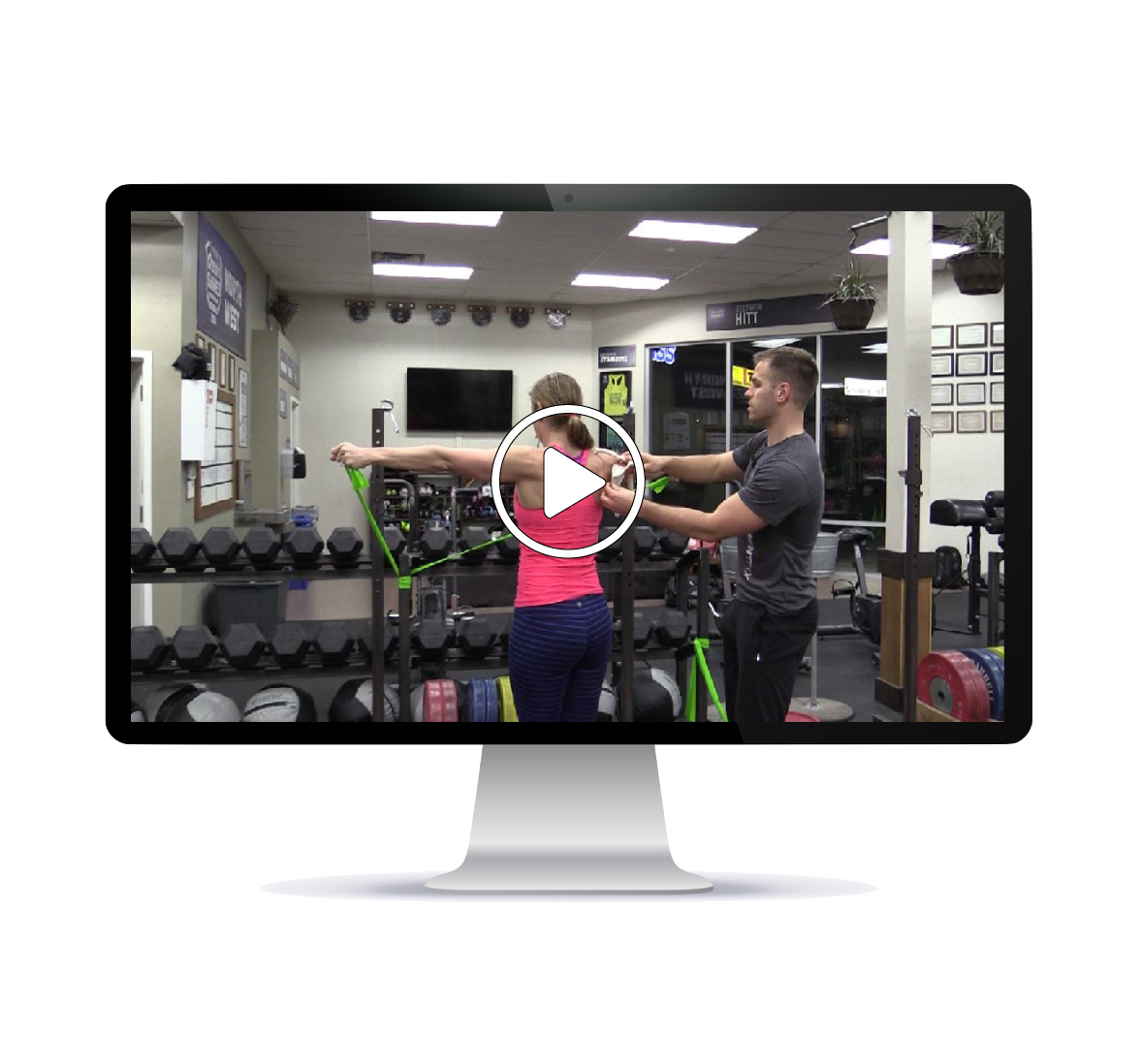






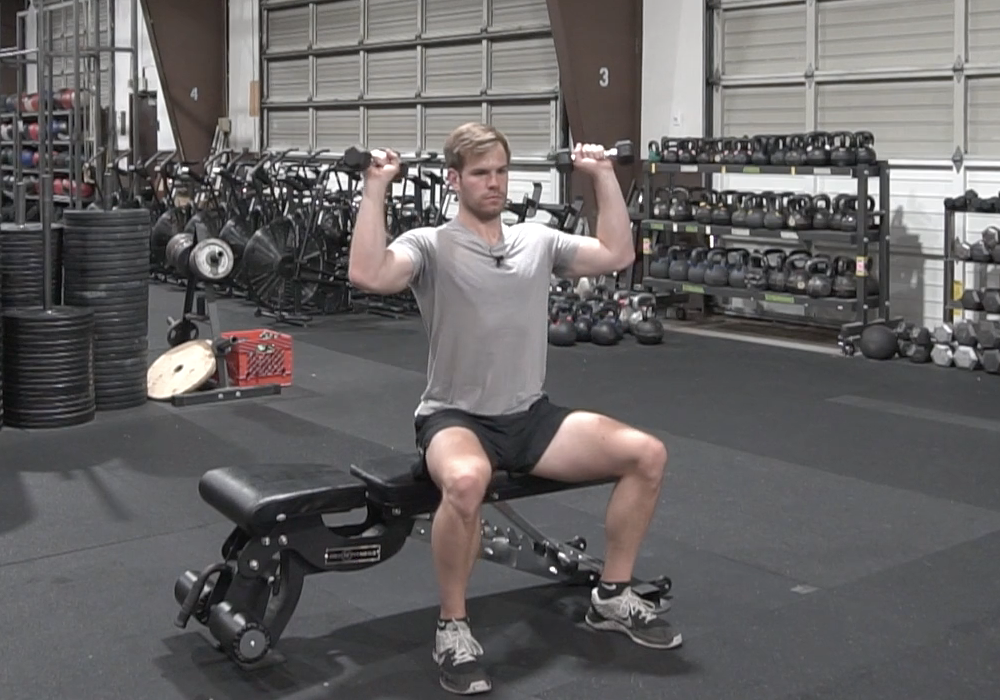
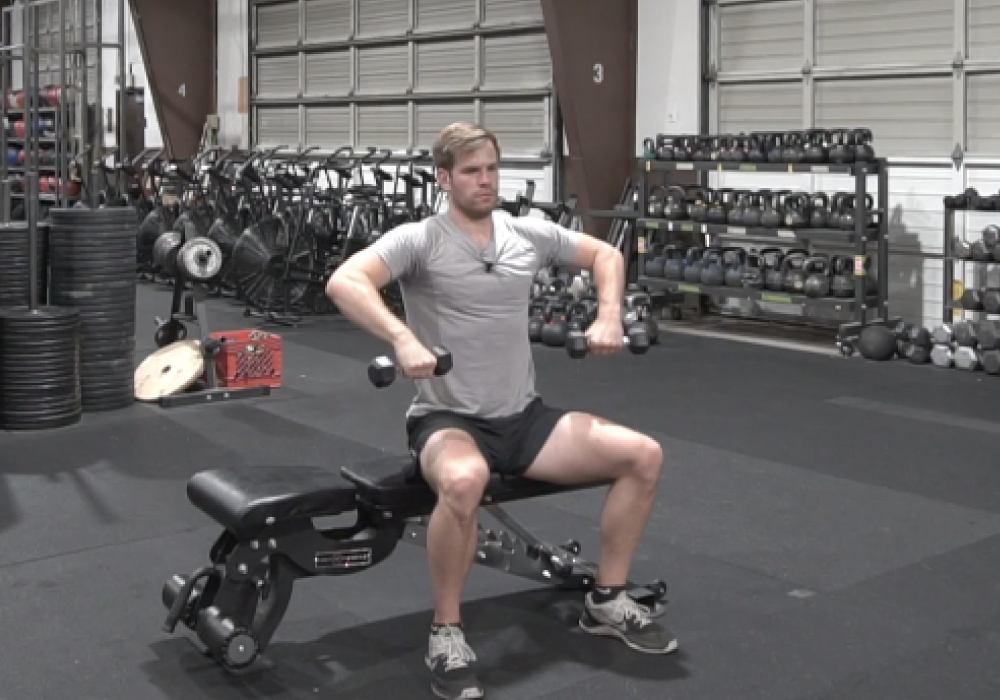
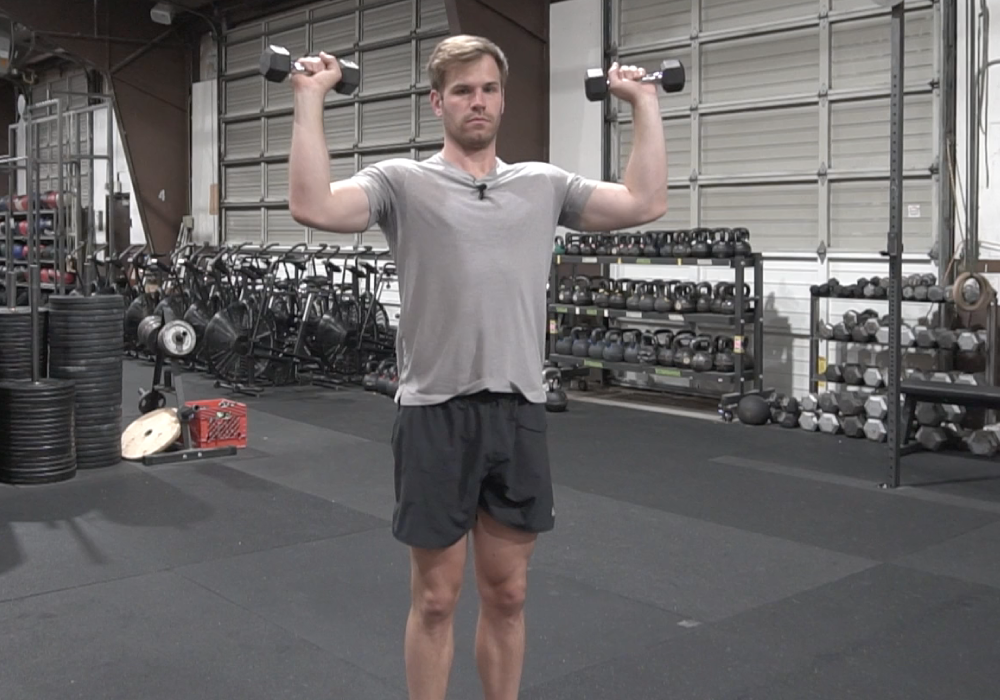
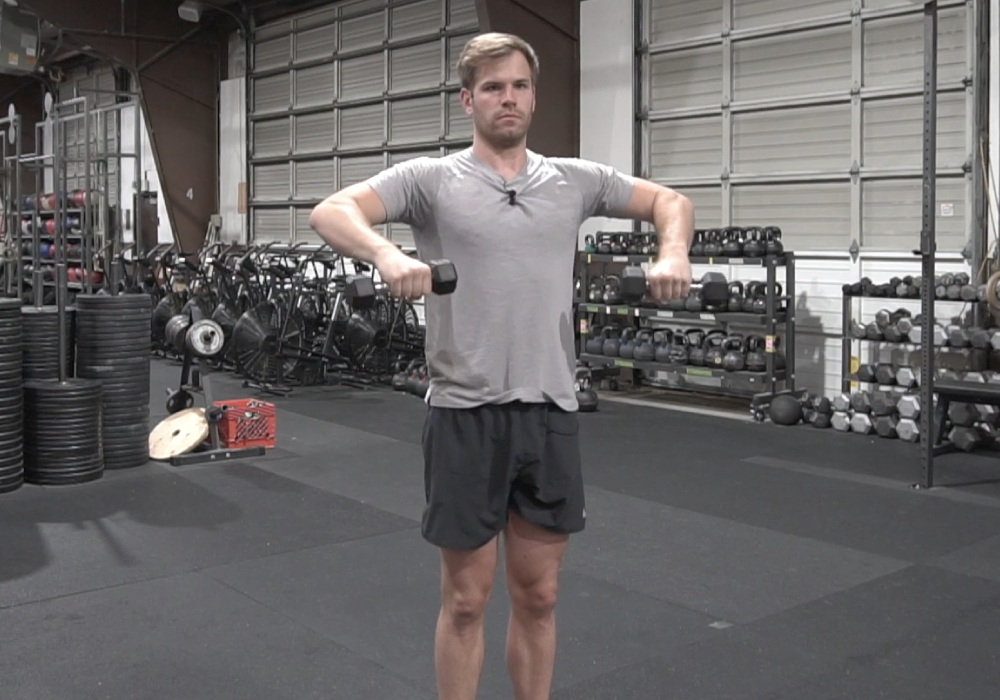
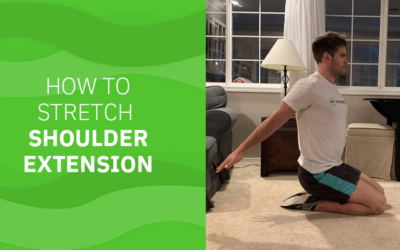
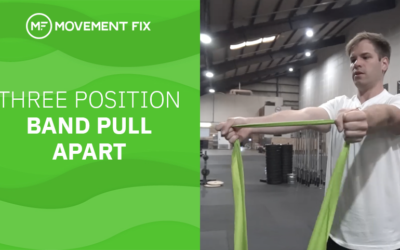
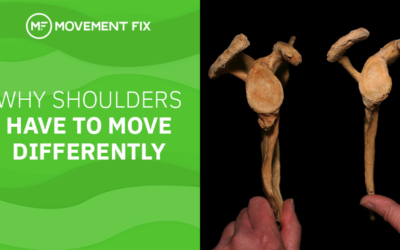
[…] Top 6 Exercises for Shoulder External Rotation […]
[…] Top 6 Exercises for Shoulder External Rotation […]
[…] Shoulder Rotation […]
Thank you for the detailed, step-by-step explanation of each exercise! I never thought to really use isometric holds, but I have bands so I'll give these a shot to try and train better/stronger external rotation since it's lacking.
[…] you’ll find that you won’t have as much shoulder pain after lifting. It’s very simple to do these exercises but they’ll make so much difference and you might find that your shoulder pain disappears […]
[…] rotation to pull apart exercise -15 reps x four […]
[…] found a cool website that has a post about the Top 6 Shoulder Exercises for External Rotation. Personally, I would start with the motion without any resistance to start then progress to a very […]
Had frozen shoulder, surgeon suggested some good external rotation exercises. Thanks for the education. Of course I follow the PT first and foremost.
Great resource! Thank you.
[…] begin the laying external rotation exercise, lay on your side and stack your hips. Keep your elbow resting on your side throughout […]
Thank you for showing these exercises. What do you recommend doing (or where to start) if external rotation hurts even with no weights at all? Thank you